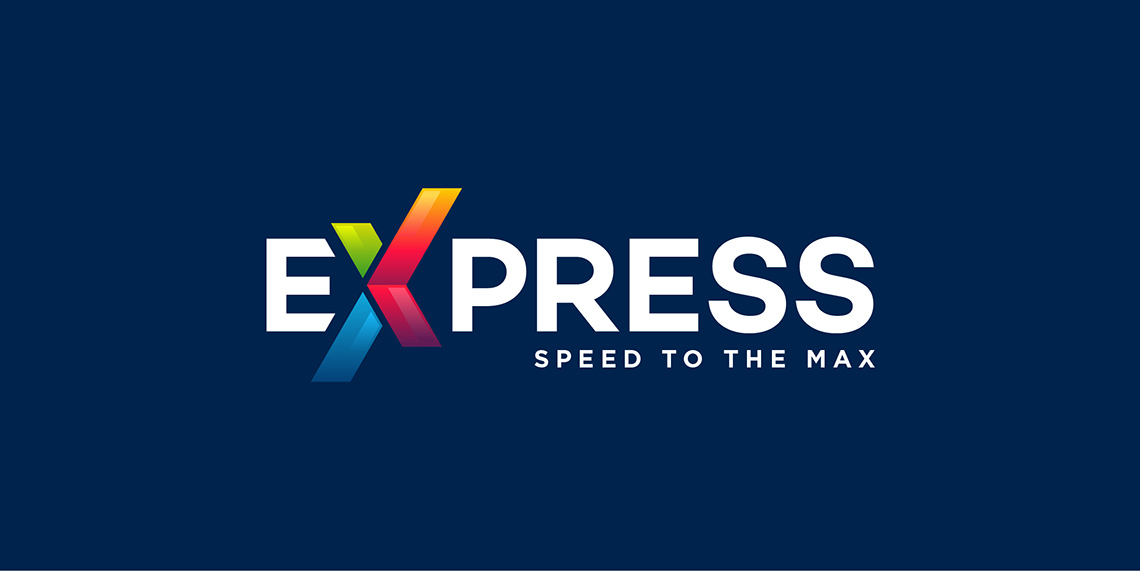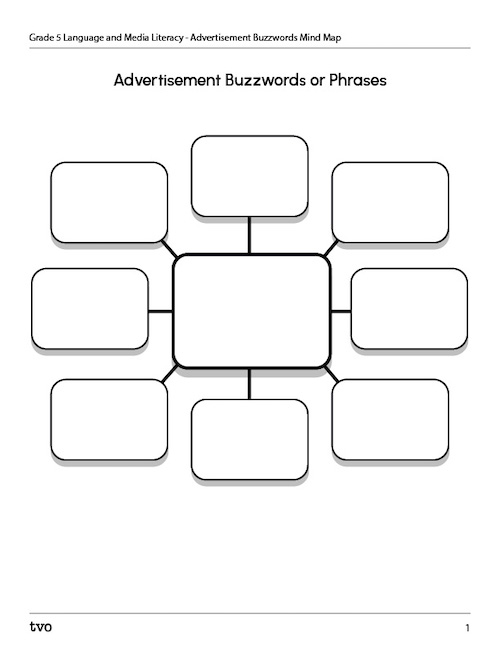Minds On
Activating prior knowledge
Explore the following image. What do you notice?

What is a slogan? How is it different from a logo? How is it similar?
Let’s come up with a definition for slogan and logo in our own words. Examine the following example of definitions to gather some ideas:
For example
Slogan: A short and memorable phrase that is used in advertising.
Logos: A symbol or design that a company uses to sell their product(s) or
service(s).
What's the purpose?
Once again, consider the purpose of a slogan and a logo. They are both an important part of a company’s marketing strategy because they increase brand awareness and visibility. What happens when they’re ineffective? Why it is important for a slogan and logo to be successful?
Student Success
Think-Pair-Share
Work independently or with a partner to search for examples of slogans or logos online. You may search for examples of slogans/logos that appear in print media, radio, or television. Find at least two examples to use to answer the following discussion questions:
- What slogans and/or logos do you know?
- What do they tell you about the product or service?
- What makes a slogan and/or logo effective?
- Use the examples you found and consider what makes the slogan catchy or memorable? Does it rhyme? Is it accompanied by a tune?

Note to teachers: See your teacher guide for collaboration tools, ideas and suggestions.
Action
Analysing slogans and logos

Let's analyse examples of slogans and logos in order to understand what makes them effective.
As you make your way through the slogans and logo, you may use the following graphic organizer to keep track of what you notice. You can also record your information using another method of your choice. Aim to record information for at least three (3) slogans and logos.
Use the following questions to guide your analysis. Start by thinking again about the slogans and/or logos you know:
- What do they tell you about the product or service?
- What makes a slogan and/or logo effective? For example, consider what makes a slogan memorable? Does the catchphrase rhyme? Is it accompanied by a tune and/or symbol?
- What are some strategies that you could use to attract and persuade a consumer to purchase your product or service?
Complete the Analysing Slogans and Logos Chart in your notebook or using the following fillable and printable document to organize your ideas.
| Analysing Slogans and Logos | |||
|---|---|---|---|
| Product being advertised |
Source (e.g., magazine, commercial, other) |
Slogan (What was it? How did it get your attention? What does it tell you about the product or service?) |
Logo (How did it get your attention? What strategies were used to make the logo appealing?) |
Complete Analysing Slogans and Logos Chart in your notebook or using the following fillable and printable document.
Press the ‘Activity’ button to access the Analysing Slogans and Logos Chart.
Buzzwords mind map
Change to: Using the slogan and logo examples you've recorded, create a mind map of buzzwords and phrases that you noticed. Which buzzwords or phrases grab the attention of the target audience?
Complete the Advertisement Buzzwords Mind Map in your notebook or using the following fillable and printable document.

Press the Activity button to access Advertisement Buzzwords Mind Map.
Activity (Open PDF in a new tab)Consolidation
Creating your own!

Student Success
Think-Pair-Share
Now that you have examined at a variety of slogans and logos, respond to the following questions independently, or with a partner.
- What strategies did you notice were used to create catchy slogans?
- What made the logos appealing?
Note to teachers: See your teacher guide for collaboration tools, ideas and suggestions.
Planning
Take a moment to think about your favourite product or service that you use. Create a plan for a slogan and logo for your product or service. You may use the following graphic organizer, create an audio clip, or use another method of your choice to record your plan.
Quick tip: your slogan and logo should work together to represent your product or service. They also communicate what you want consumers to know and remember until they’re ready to buy what you’re selling.
Use the following questions to guide your planning process:
- Is your slogan and logo accessible to all people (e.g., a diverse range of hearing and sight abilities)?
- What strategies will you use to make people stop and think about your product or service?
- What makes your slogan and logo memorable?
- What makes your brand stick out from all the other slogans and logos out there?
Complete the Logo and Slogan Planning Sheet in your notebook or using the following fillable and printable documents.
| Planning Sheet | |
|---|---|
| Product or service | |
|
Description: What are you selling? What sets you apart from similar products or services? |
|
| Your logo: | |
| Your slogan: | |
Complete Logo and Slogan Planning Sheet in your notebook or using the following fillable and printable document.
Press the ‘Activity’ button to access the Logo and Slogan Planning Sheet.
Create, review, and share
Use your plan to create a commercial, print, or digital advertisement for your product or service. Your slogan and logo should be part of your advertisement. If your advertisement does not have an audible component, be sure to include a detailed description of your slogan and logo to support accessibility and diverse abilities.
Review the slogan and/or logo that you have created and consider the following questions:
- What did you learn from the process?
- How will that influence your next advertisement?
- What will you change?
- What will you keep the same?
Reflection
As you read through these descriptions, which sentence best describes how you are feeling about your understanding of this learning activity? Press the button that is beside this sentence.
I feel...
Now, record your ideas using a voice recorder, text-to-speech, or writing tool.